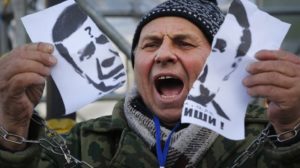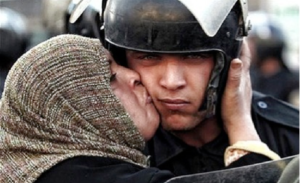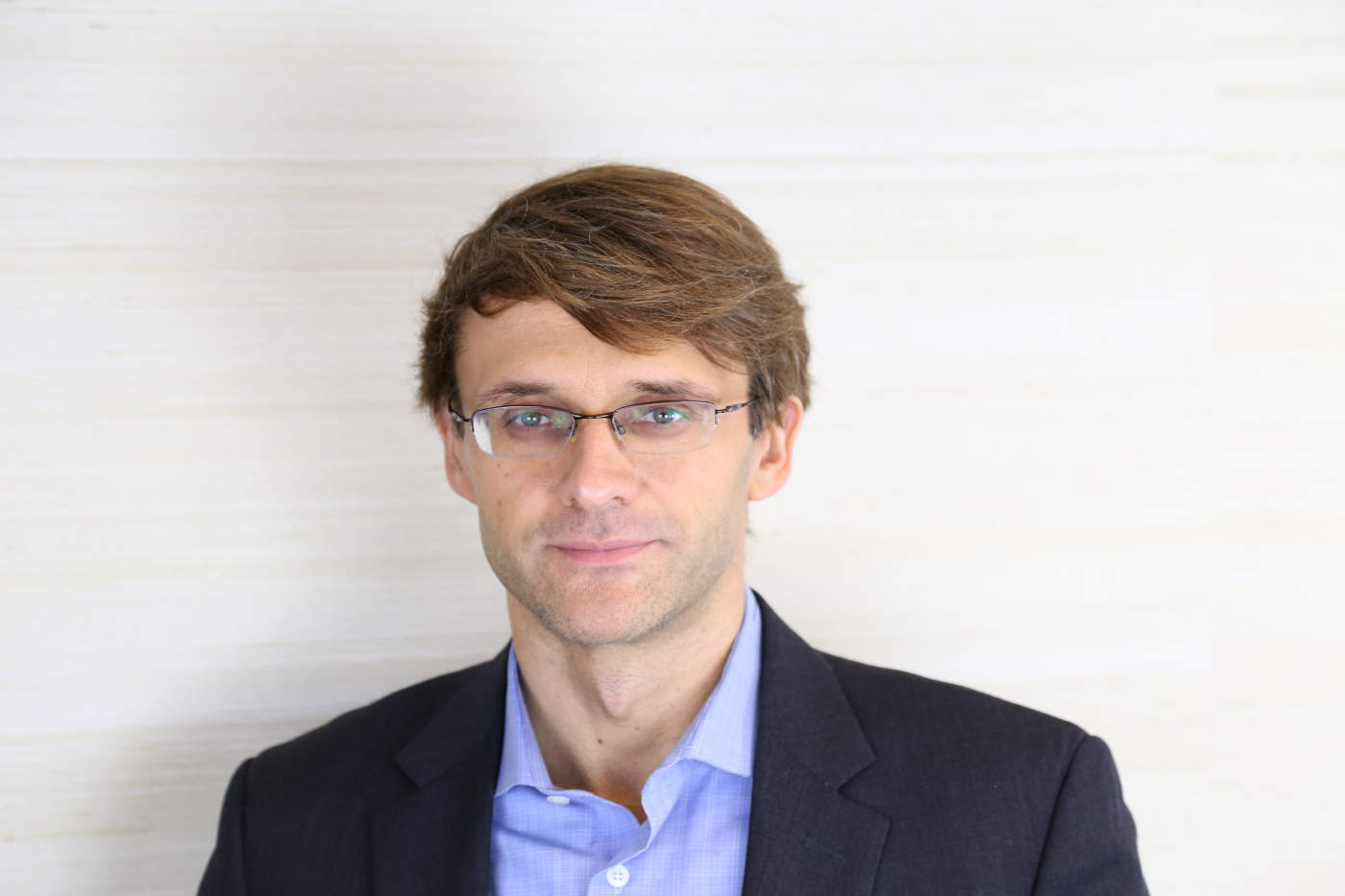 By Feb. 21, the Yanukovych junta with its head vanished from Kyiv. The city was liberated soon after the agreement between the regime and the opposition (facilitated by three EU foreign ministers) was signed on February 21. Why did the disintegration of the regime happen if a couple of days earlier the authorities seem to be firmly in power, carrying out the largest repressions in the history of modern Ukraine? According to my preliminary analysis the downfall of Yanukovych regime came as a result of five interrelated factors:
By Feb. 21, the Yanukovych junta with its head vanished from Kyiv. The city was liberated soon after the agreement between the regime and the opposition (facilitated by three EU foreign ministers) was signed on February 21. Why did the disintegration of the regime happen if a couple of days earlier the authorities seem to be firmly in power, carrying out the largest repressions in the history of modern Ukraine? According to my preliminary analysis the downfall of Yanukovych regime came as a result of five interrelated factors:
1) regime violence and repression have always backfired, galvanizing more and more Ukrainians to join resistance against the regime and making previous allies of Yanukovych in the parliament, administration and security forces defect him. It happened on Nov. 30 when the police beat up peaceful students. On January 16 when the regime introduced repressive laws and on February 19-21 when the interior security forces killed close to 100 people.
2) gradual defections of the members of parliament (‘deputies’) from the ruling Party of Regions occurred throughout the conflict. The defections increased their pace on Feb. 20 when 36 deputies from the Party of Regions joined the opposition in voting a law that undermined the repressive apparatus of the regime- the legislation ordered the total withdrawal of security forces from the streets and their return to barracks . This happened the day before the agreement between the regime and the opposition facilitated by the European foreign ministers was signed.
3) international sanctions (such as travel bans and assets freeze against some Ukrainian officials) by the EU and US became a reality on February 21 that made the defections of businessmen-deputies from the Party of Regions more likely.
4) the Ukrainian army refused to join the strife. The regime reassigned on Feb. 19 the chairman of the joint chief of staff to an administrative position in the presidential administration (the decision that essentially equaled a dismissal) while the deputy chairman of the joint chief of staff resigned on Feb. 20 in protest against the regime’s attempts to force the army to intervene. The authorities understood it cannot rely on the army to suppress the resistance.
5) people continued mobilizing and joining resistance throughout Ukraine. Ukrainians undertook a massive number of nonviolent actions that undermined the regime, spread the protest and facilitated defections. They blocked the train with 500 troops from Dniepropietrovsk to Kyiv in the crucial days on Feb. 20-21; locked down the police facilities to prevent security forces from leaving them; continued organizing peaceful demonstrations in towns and cities across the country; led mass funerals for killed protesters; called for and staged economic boycotts; blocked highways to stop movement of thugs; blocked airports; seized government buildings in the regions; run parallel political, and administrative institutions; set up neighborhood watch groups; publicized government repression that showed how disproportionate it was to any threats posed by the protesters; called out the security forces and the army in the Ukrainian cities to declare they were with the people; and with the help of the Ukrainian diasporas Ukrainians won a significant international solidarity and media attention around the world.





Recent Comments